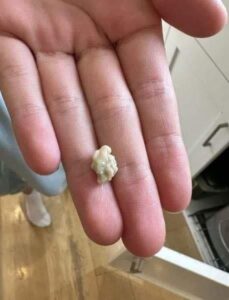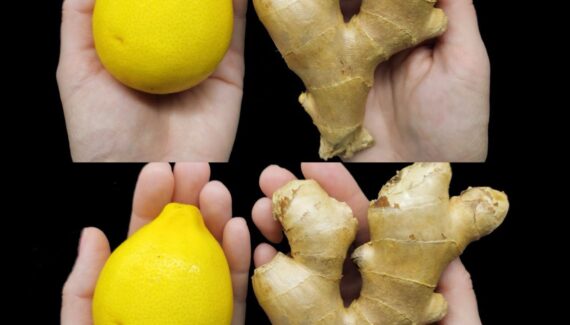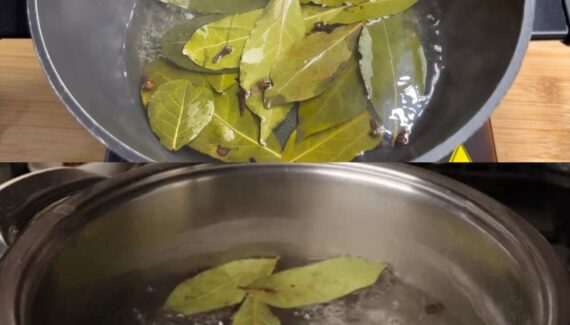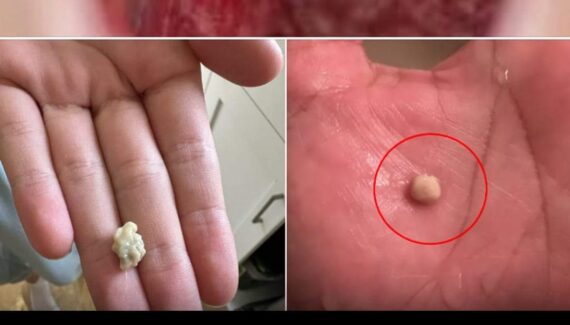
If you struggle with chronic bad breath, those white or yellow patches on your tonsils might hold the answer. These patches could indicate tonsil stones (also known as tonsilloliths)—small, pimple-like formations that develop in the crevices of your tonsils.
What Are Tonsil Stones?
Tonsil stones form when food particles, bacteria, dead cells, or minerals (like calcium) become trapped in the natural crevices of your tonsils. They often have a soft, cheese-like texture and can vary in size.
While tonsil stones are usually harmless, they may cause:
- Persistent bad breath
- Mild throat discomfort or pain
Additional Symptoms of Tonsil Stones
In some cases, tonsil stones may lead to less common symptoms, such as:
- Throat inflammation or difficulty swallowing
- A metallic taste in the mouth
- Swollen or “fluffy” tonsils
- A sensation of pressure or minor hearing loss
- Chronic coughing
- Tonsil infections
How Are Tonsil Stones Diagnosed?
Tonsil stones are often easy to identify during a physical examination of the throat and typically don’t require specialized tests. In some cases, they might be spotted incidentally during X-rays or CT scans conducted for other reasons.
How to Remove Tonsil Stones
If you have tonsil stones, here are some effective ways to manage or remove them:
- Self-Removal: Use a cotton swab or gargle with warm salt water to gently dislodge the stones. Avoid using sharp tools that could harm the tonsils.
- Medicated Gargles: Antimicrobial mouthwashes can help reduce bacteria and prevent stones from forming.
- Oral Irrigation: An oral irrigator can flush out debris from the tonsil crypts.
- Surgical Removal (Tonsillectomy): In severe or recurrent cases, a doctor may recommend removing the tonsils entirely.
- Home Remedies: Fizzy drinks may loosen tonsil stones, and coughing can sometimes dislodge them naturally.










